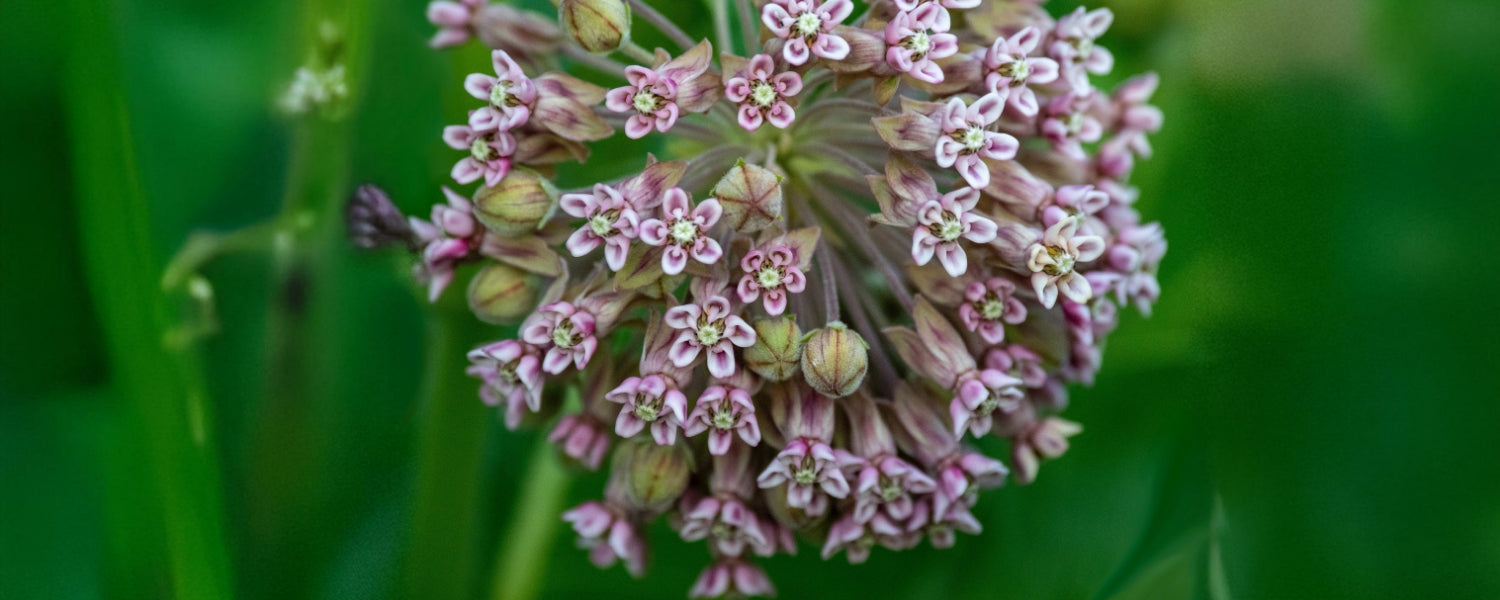
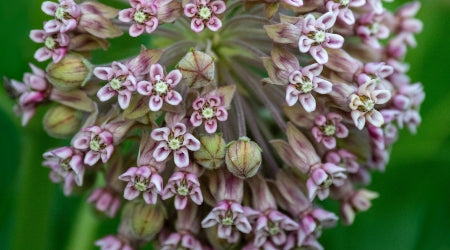
Imagine a world where your survival depends on one food source. For Monarch butterflies, this isn't a scenario; it's their reality. Milkweed is their sole sustenance from caterpillar to chrysalis to butterfly. Without it, the Monarch's extraordinary journey would cease to exist.
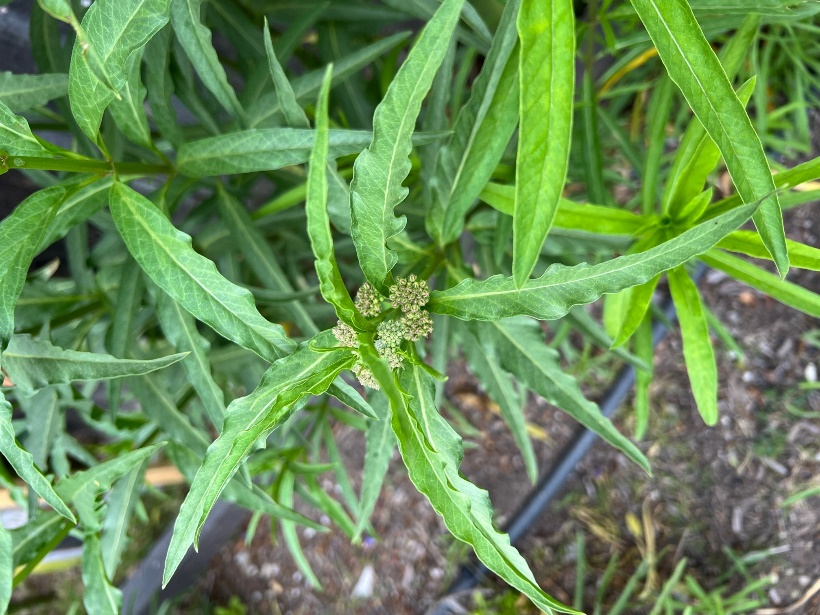
The Plant
The milkweed genus, scientifically known as Asclepias, encompasses a diverse range of 140 to 200 recognized species. Each of these milkweed species plays a unique role in its ecosystem, often possessing distinct characteristics that hold significance for various wildlife, including the iconic monarch butterfly.
Milkweed, a critical element in the life cycle of the monarch butterfly (Danaus plexippus), serves as the exclusive host plant for monarch butterfly eggs. The stark decline in monarch butterfly populations can be largely attributed to two factors: habitat loss and the dwindling availability of milkweed.
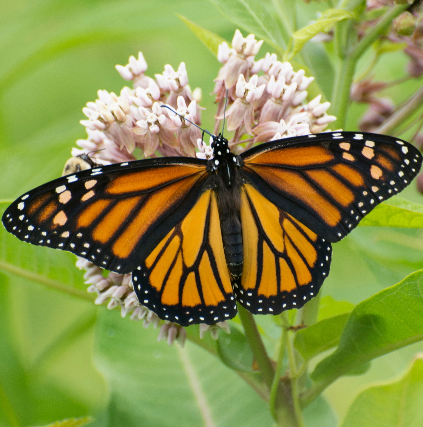
Key Roles of Milkweed in Monarch Butterfly Ecology
Monarch Butterfly Conservation: Revered for their remarkable long-distance migrations, monarch butterflies rely heavily on milkweed as their primary food source during the caterpillar stage. This plant is, therefore, indispensable for their very survival.
Monarch Butterfly Habitat: Beyond being a source of sustenance, milkweed also functions as a sanctuary for monarch butterfly larvae. It provides essential protection from predators and offers the necessary nourishment for their growth.
Butterfly Gardening: Recognizing the crucial link between milkweed and monarch butterflies, many enthusiasts have embraced the concept of butterfly gardens. In these intentional plantings, milkweed takes center stage, serving as a vital resource for supporting the majestic life cycle of these insects.
In a world where monarch butterflies face increasing challenges, the preservation and propagation of milkweed stand as a beacon of hope for their continued survival. By understanding the pivotal role this plant plays in the monarch butterfly's existence, we can better appreciate and actively contribute to their conservation efforts.
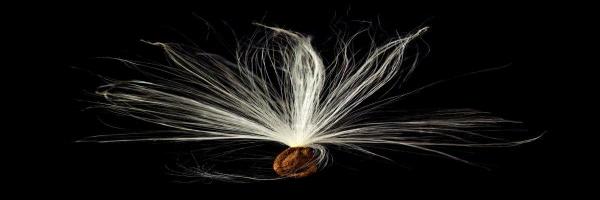
Historical Significance:
Native American Mastery: Indigenous tribes ingeniously utilized milkweed fibers for crafting ropes and textiles. The plant's fluffy pods served as insulation and pillow stuffing, highlighting its versatile role in daily life.
- WWII's Innovative Use: During World War II, milkweed floss from pods played a vital role in life jackets, surpassing cork in buoyancy and wool in warmth. Today, its naturally hypo-allergenic properties adorn premium bedding and textiles, with ongoing research exploring its aerospace insulation potential.
Traditional Native Healing:
Milkweed in Indigenous Medicine: Native American tribes relied on milkweed for various medicinal purposes, including addressing skin conditions, respiratory discomfort, digestive issues, and managing ailments like rheumatism and arthritis. Its perceived anti-inflammatory qualities made it a valued resource in their healing traditions.
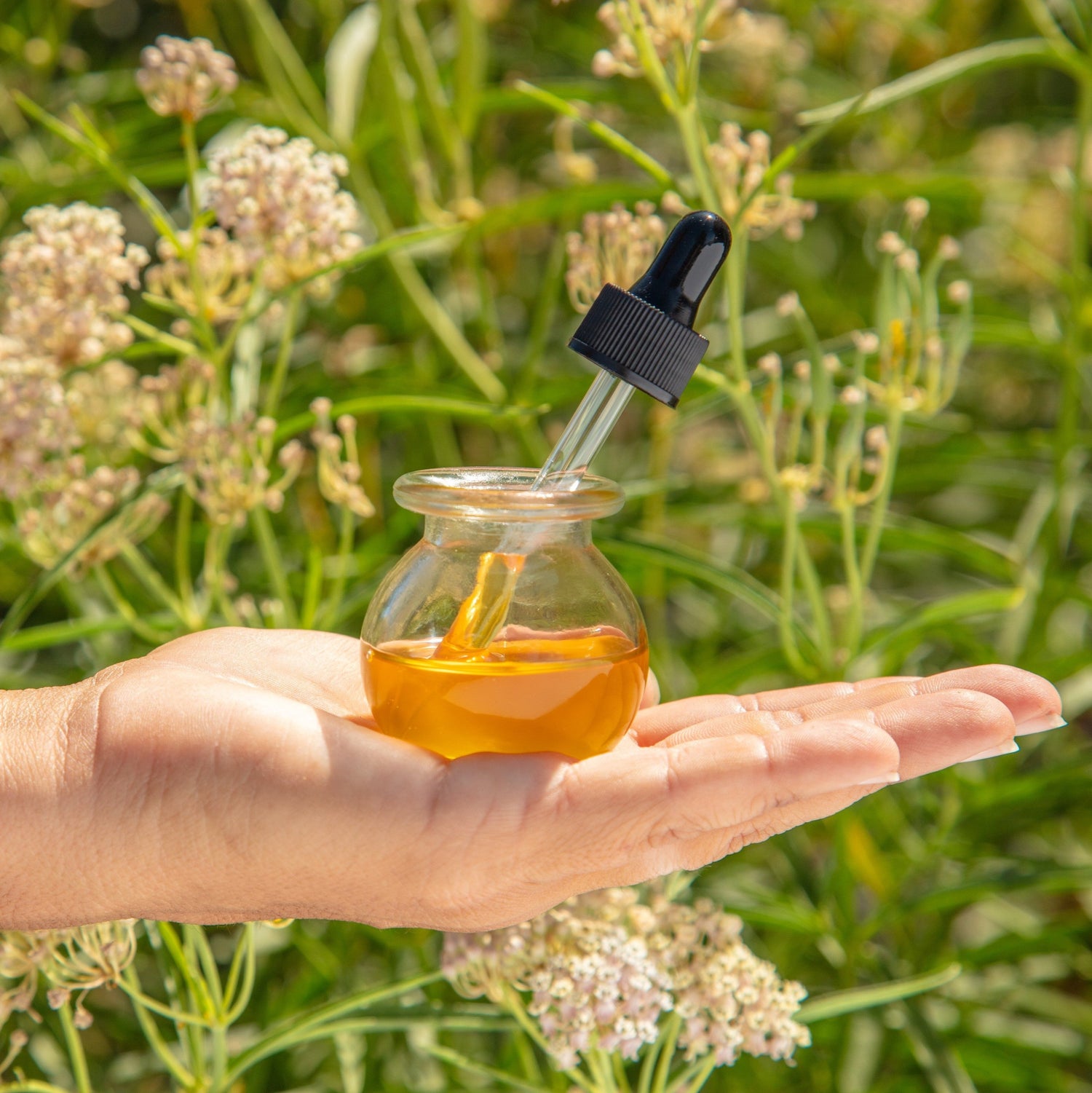
Introduction to Milkweed Seed Oil: Nurturing Beauty, Sustaining Nature
Pioneering Beauty: In 1892, the world witnessed the debut of Milkweed Cream, a pioneering creation by pharmacist Frederick Ingram. This innovative cream pledged a plethora of benefits, from sun protection to redness reduction, acne combat, and wrinkle smoothing.
An Evolving Landscape: However, the incorporation of Milkweed Seed Oil into cosmetics and beauty products represents a more recent evolution. This journey into the commercial beauty market gained momentum in the late 20th and early 21st centuries, coinciding with a growing fascination with natural and plant-based ingredients for skincare and cosmetics. Visionary companies and brands began infusing their skincare and haircare formulations with traces of Milkweed Seed Oil, celebrating its inherent natural and nourishing qualities.
Beauty with a Purpose: These products not only highlight the oil's prowess as a moisturizer and emollient but also underscore its role as the lifeline of the Monarch butterfly. As consumers become increasingly aware of the unique value this plant offers, it inspires a vision of a future where more people cultivate it as a crop. By choosing products infused with Milkweed Seed Oil, you not only enhance your beauty regimen but also contribute to the conservation of a species. It's beauty with a purpose—a step towards a more sustainable and harmonious world.
For a more comprehensive insight into the cold-pressed Milkweed Seed Oil featured in our products, click here:
